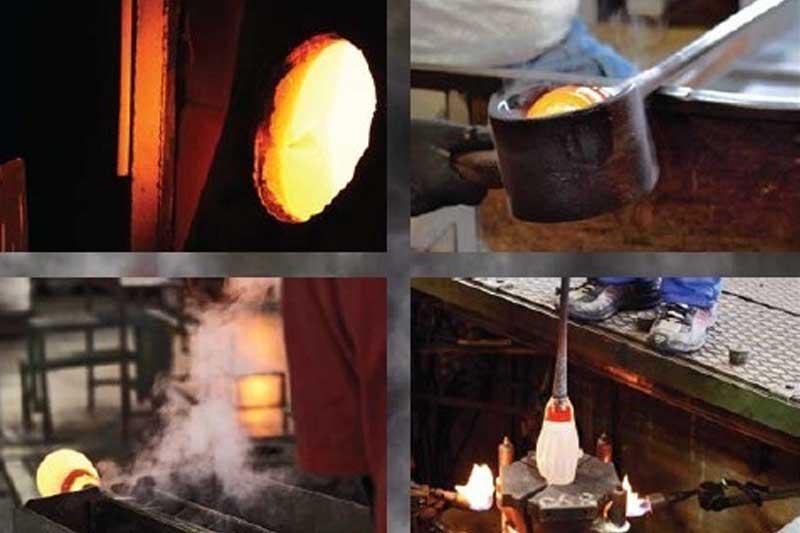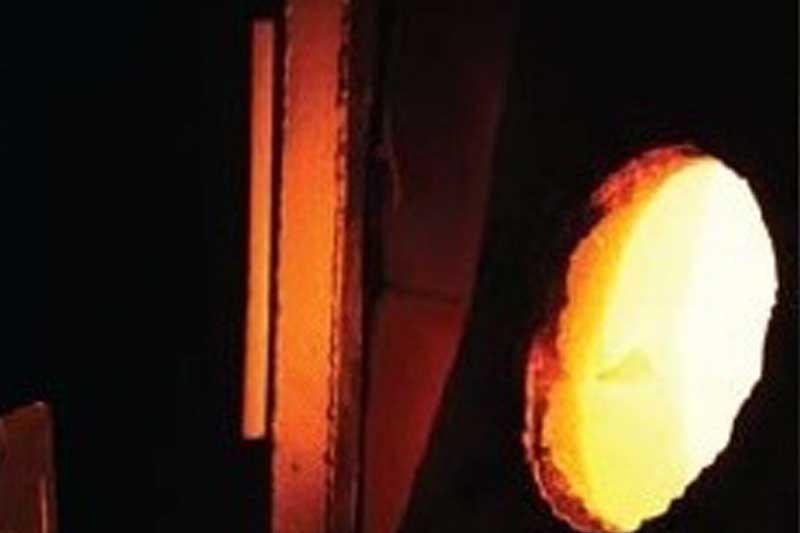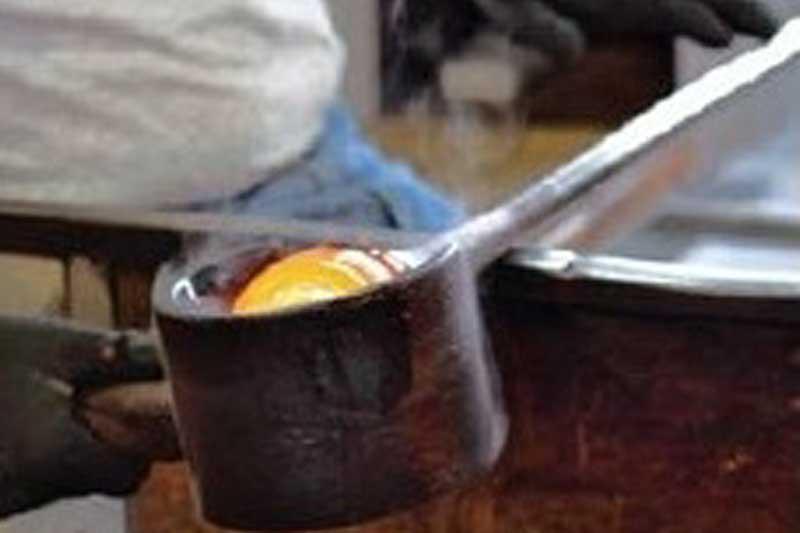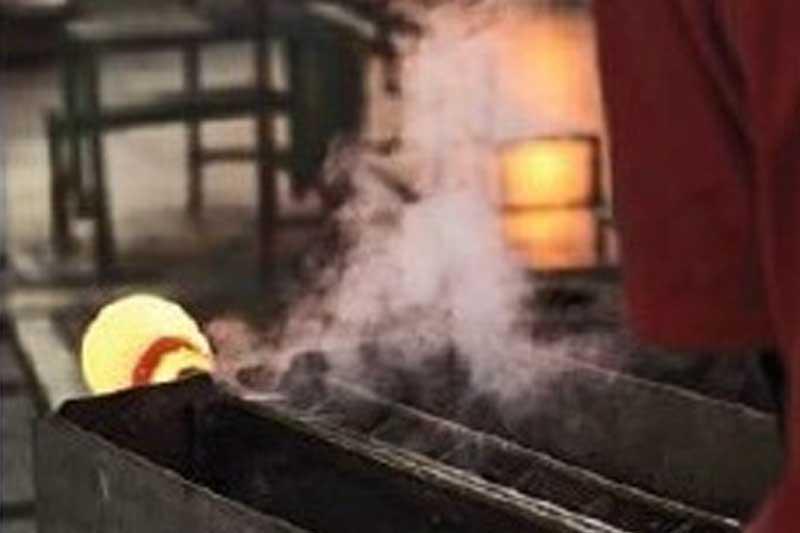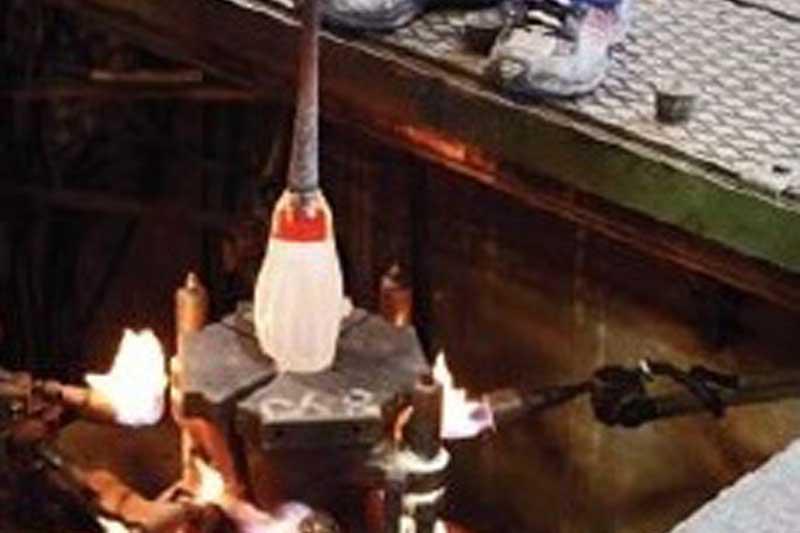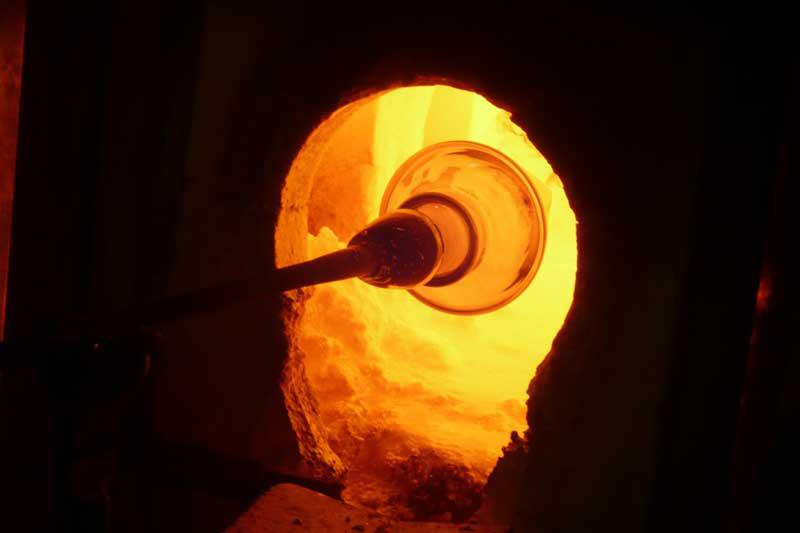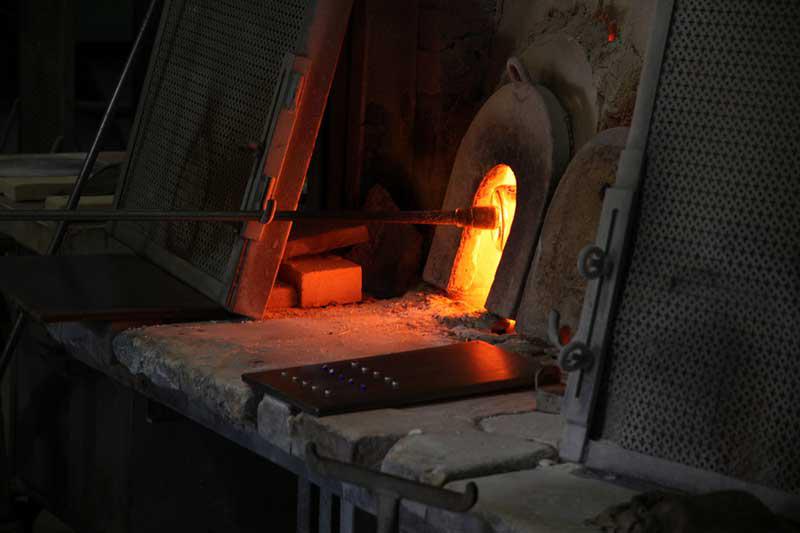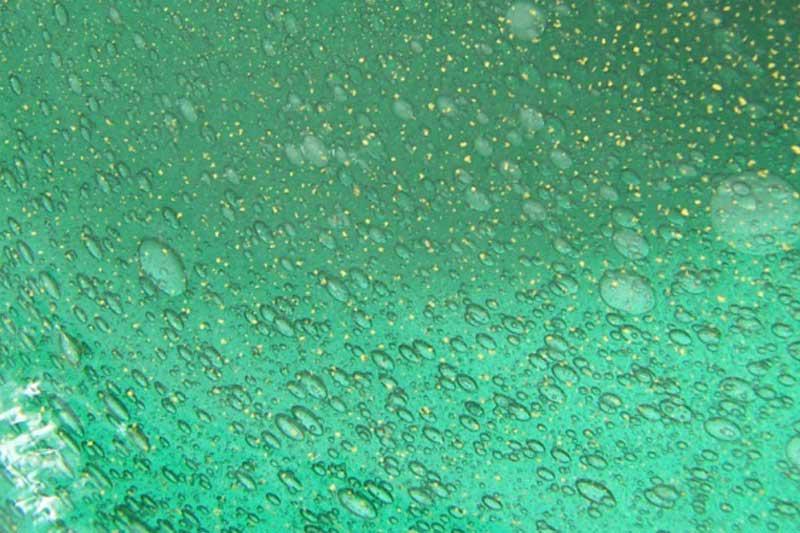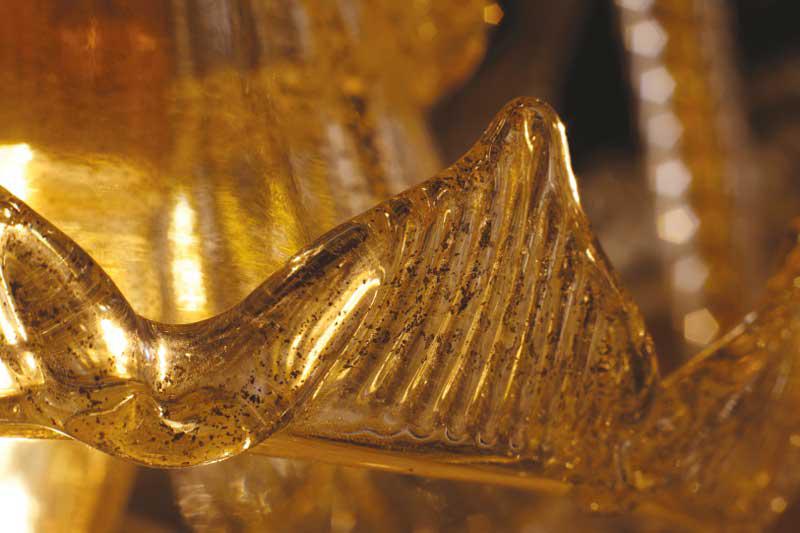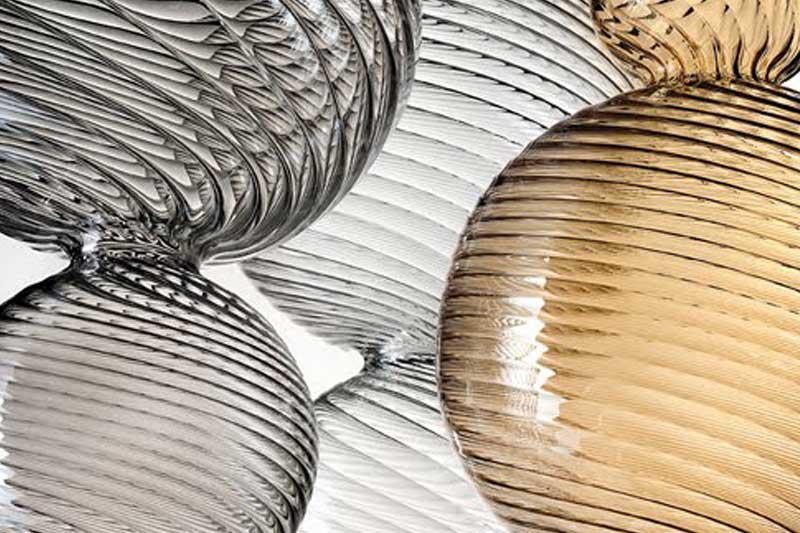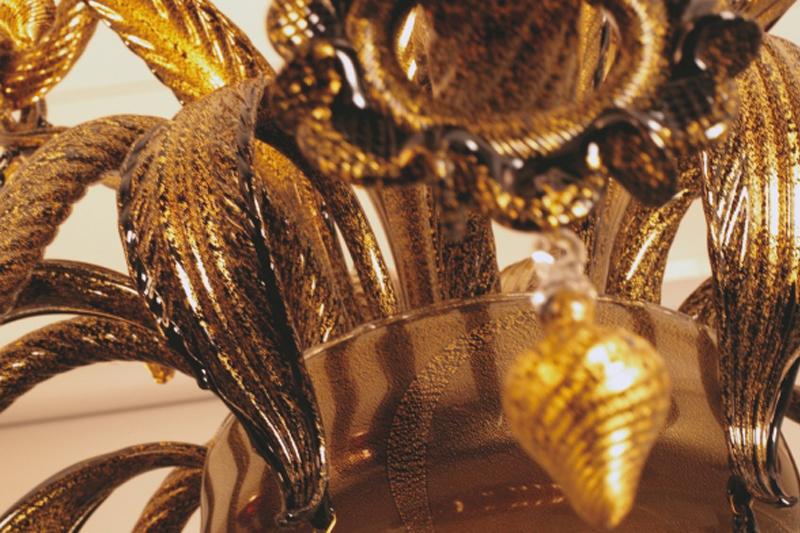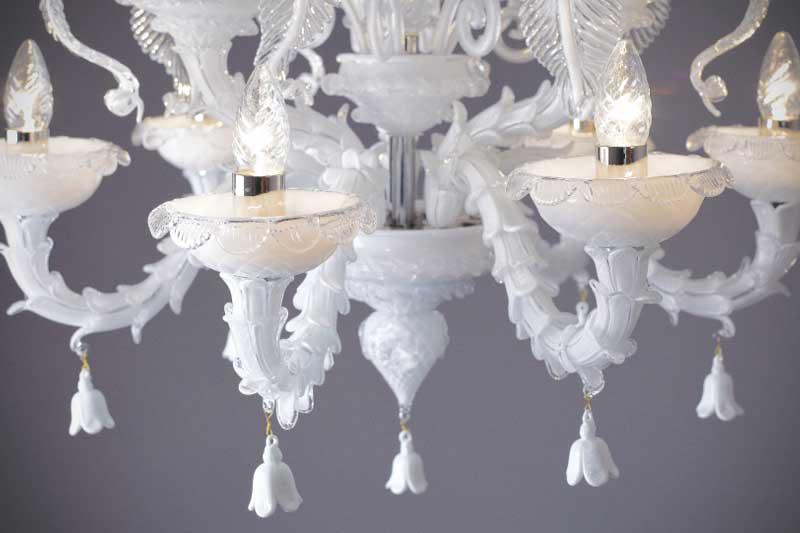The Glass
The Glassblowing
The blow was a technique that revolutionized the glass production around the middle of the first century BC, making the production of glass containers fast and economical and thus facilitating their widespread. The first evidence of a glassmaking activity in Venice dates back to 982 AC, while after the XI century, under the Venetian Republic, all the kilns of Venice were moved in the northern part of the lagoon, in the small island of Murano, in order to eliminate the possibility of fires destroying the city, and also to be able to protect the secrets of this process through its isolated geography. The true quality of the island of Murano, though, has been mostly the man with his experience, that over time perfected the styles, the quality and the ability to shape the incandescent glass, creating refined products - really different from the rougher items produced by other European manufacturers - using new and complex techniques, such as filigree, incalmo and ice effect. The formulators developed also chalcedony, lattimo, aquamarine and ruby red, while the decorators were specialized in polychrome glass painting and diamond tip engraving. Murano glass reached, thanks to these special procedures, such a degree of purity that it earned the name of "crystal", as an analogy with rock crystal.
The Finishes
Gold and silver leaves are placed in very thin sheets on a metal surface and on it the glazier rolls over the incandescent glass in order to adhere the leaves around its outer side and then, dilating the artifact with the blowing, the leaf breaks in a sort of dust that often is coated with a further transparent glass layer.
Overlaid glass in the Venetian technique is a blown glass at the initial stage immersed in a crucible with a different color and then dilated, thus thinning the glass' side.
Morise is a typical Murano wavy shaped decoration, performed by applying a hot glass twine.
Rigadìn (striped) are thin ribs décor obtained by blowing a glass into an open mold, which can be subjected, still warm, to a twisted movement (Rigadìn ritorto).
Pulegoso is a type of glass created by Venini with the inclusion of a myriad of gas bubbles that give to the object's surface a pitted look.
Lattimo is a type of opaque white glass used until the fifteenth century for the mosaics and enamels' production. It was then also used for blowing objects in imitation of the first Chinese porcelains arrived in Venice.



